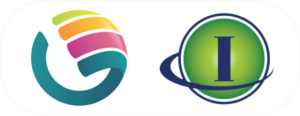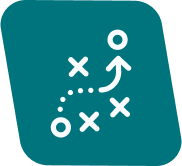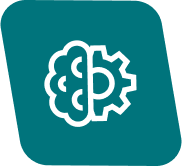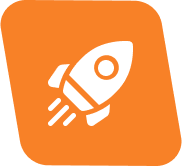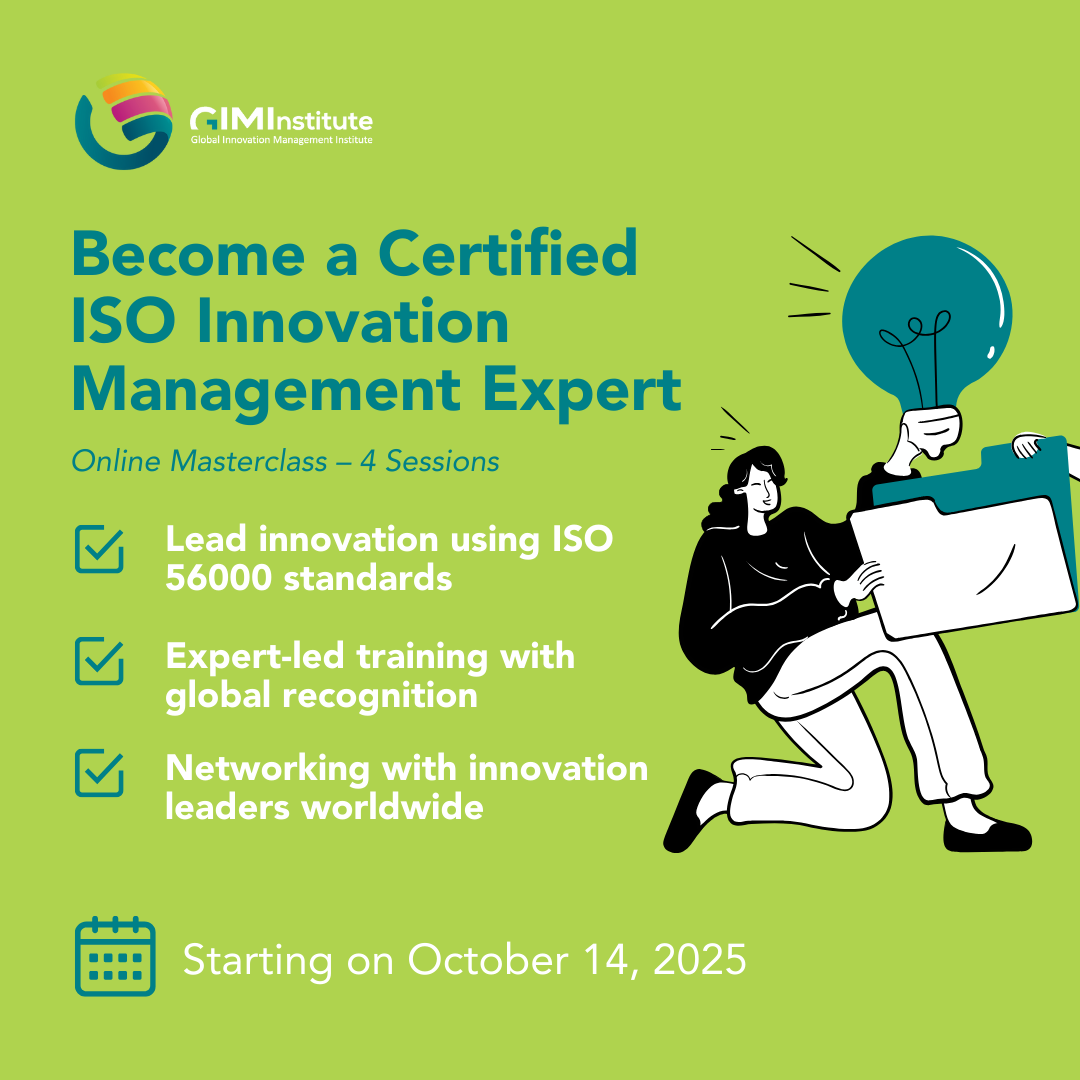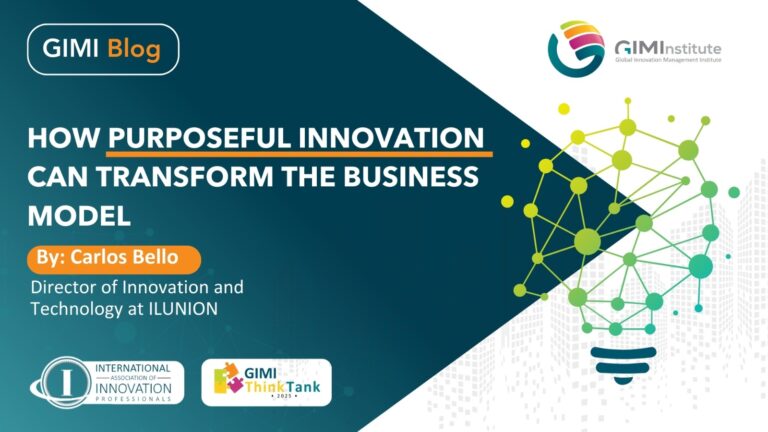
How Purposeful Innovation Can Transform the Business Model
- Accessibility must be established as an operational standard that improves the customer and employee experience. Inclusion must cease to be an add-on and become a structural part of the business model.
- Profitability is strengthened when economic growth is linked to workplace inclusion as a strategy. Generating shared value and trust with stakeholders becomes the driving force behind business success.
- Well-applied digitalisation should drive efficiency and personalisation without losing sight of the human focus. It is a strategic tool that reinforces business and social values, improving adaptability in times of uncertainty.
What is an innovative business model with purpose?
An innovative business model with purpose integrates innovation as a driver of organisational transformation, not only to generate economic benefits, but also to create a positive and lasting social impact. It is based on:
- Innovation with purpose: Creating products or services with the intention of improving people’s lives, promoting inclusion, sustainability and business ethics.
- Collaboration as a central axis: Driving innovation through co-creation with employees, customers, suppliers, investors, regulators and society. Fostering an open culture, sharing ideas and developing joint solutions.
- Transforming organisational culture: Activating innovation through procedures, methodologies, scorecards and competitive intelligence systems that channel ideas into real projects.
- Tangible value, not just economic value: Add value in social, environmental and reputational dimensions. Measure success by the positive impact on the community and the organisation, in addition to revenue.
Accessibility and inclusion as pillars of current business models seeking long-term sustainability
Accessibility must evolve from a regulatory requirement to a criterion of operational excellence. Incorporating universal accessibility standards into facilities, customer service and user experience broadens the scope of the service and improves perceived quality.
According to Eurostat, by 2023, 27% of people over the age of 16 in Europe will have some form of disability. Therefore, the inclusion of people with disabilities and other vulnerable groups should be understood as a talent strategy that strengthens organisational culture.
Diversity in teams brings operational richness, greater empathy, personalised attention and connection with real needs. Integrating people with disabilities or in vulnerable situations generates tangible economic value. When workplace inclusion is a structural part of the business model, it reinforces internal cohesion, improves external reputation and contributes to business sustainability.
Accessibility also acts as a competitive differentiator. In a saturated market, offering an inclusive experience allows you to capture traditionally underserved segments and build loyalty among customers who value social commitment. This advantage positions the organisation as a benchmark in social responsibility and generates an emotional connection with customers and employees, increasing loyalty and satisfaction.
Profitability with social impact: a formula that delivers results
Business profitability has historically been linked to operational efficiency, occupancy and cost optimisation. However, emerging models show that it is possible to achieve solid economic results by integrating social objectives into business strategy. Workplace inclusion, equity and commitment to the environment are catalysts for trust, reputation and loyalty.
Customers, employees, investors and regulators increasingly value corporate transparency in terms of social responsibility and positive impact. In this scenario, sectors such as the hotel industry, and ILUNION Hotels in particular, show that adopting a purposeful approach to innovation allows them to position themselves as key players in business transformation. Economic and social profitability is measured by the quality of service and the consistency between what is offered and what is represented. Trust becomes a strategic asset that drives the business model.
Models that integrate social impact create more stable, motivated, and committed work environments, which in turn improve service quality, operational efficiency, and adaptability. Profitability is not measured solely in financial terms, but also in the ability to generate shared value. An organisation that cares for its employees, customers, suppliers, and community builds a solid foundation for its economic and social sustainability.
This approach allows access to international certifications that validate commitment to excellence, innovation and sustainability. These accreditations reinforce reputation and open doors to new markets, strategic alliances and financing opportunities. Integrating social impact into business strategy is not a concession, it is an investment.
In the hotel sector, ILUNION Hotels demonstrates that it is possible to achieve a profitability (net profit/sales) of 13%, equal to or higher than large hotel groups.
Digitalisation to drive social transformation
Digitalisation has gone from being an option to a structural necessity. Adopting advanced technologies improves operational efficiency and personalises the customer and employee experience. The true value of digitalisation lies in the purpose for which it is implemented.
When technology aligns with company values, it becomes a lever for social transformation. For example, automating repetitive tasks frees up time for activities that add greater value, beyond cost savings.
Digitalisation also improves traceability, transparency and control of environmental impact. In companies where sustainability is strategic, having systems that measure and reduce energy consumption, optimise waste management and improve water efficiency is a competitive advantage.
In addition, technology must play a relevant role in people management, facilitating internal communication, continuous training and talent management, which are key to team cohesion and motivation.
Digitalisation should not be seen as a replacement for human contact, but as a complement that enhances service quality. When applied correctly, it allows for more fluid, secure and memorable experiences. The key is to integrate technological innovation into a customer- and employee-centric strategy focused on sustainability.
Conclusion: a new roadmap for the business sector
An innovative business model with purpose is based on two objectives:
- To be an inspiring model for other companies, with a purpose that has a positive impact on the organisation, stakeholders and society.
- To activate internal and external collaborative networks that ensure the co-creation of solutions that transform the organisation and its environment.
On the other hand, purposeful innovation is redefining the rules of business. Accessibility, inclusion, social impact and strategic digitalisation are no longer peripheral elements, but central pillars of models that aspire to be sustainable, profitable and relevant. This transformation responds to a profound evolution in the expectations of customers, employees, investors and the environment.
Cases such as ILUNION Hotels show that integrating these principles improves positioning and builds a coherent, solid and differentiated value proposition. Accessibility becomes standard, workplace inclusion becomes a competitive advantage and digitalisation becomes a driver of change.
At a time of transition for the business sector, where resilience and adaptability are essential, committing to purposeful innovation is a strategic decision. It is not a question of choosing between profitability and social responsibility, but of understanding that both can coexist in a business model that looks to the future with ambition, consistency and commitment.

